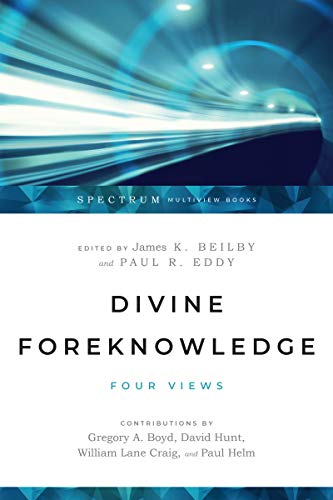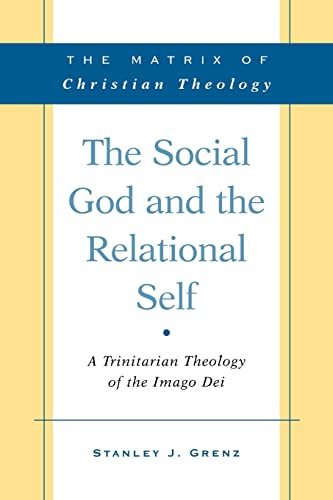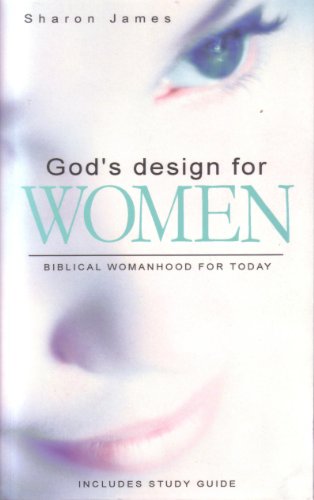CHANGING INDIA: INSIGHTS FROM THE MARGIN
Written by Robin Thompson Reviewed By Elizabeth A. ClarkRobin Thompson addresses the question: What is changing in India? Who are the agents of change? In the penultimate chapter he addresses the red-hot issue of conversion. Thomson is well equipped to raise and respond to these questions. Born in India of missionary parents and partly educated there, he returned from UK after graduation to work in Madras Bible College. Although now resident in UK, Thomson continues to be closely associated with India and with Indians.
Changing India makes no claim to be an academic book—it has no footnotes—but is well documented. Thomson has access to detailed contemporary data and offers a list of books for further reading.
Much material is autobiographical as Thomson recounts incidents and stories, describing the role of some of his acquaintances who are agents of change in India. He achieves an all-India coverage from the early beginnings of Christianity in the south to its spread. He raises such contemporary issues as caste, describes a Christian medical project in rural Maharashtra, work with children, tribals, women in the North-east, the urban poor in Delhi and then raises environmental issues. The contribution of ex-patriot Indians is also considered. Many of these chapters conclude with some reflections, often in the form of questions, raising issues, helping the reader to think more deeply.
The later chapters are less anecdotal and increasingly reflective as Thomson focuses on the inevitability of change and asks what change means to, and for India. He maintains that change comes from the inside, from changes in values and attitudes which lead to a change in behaviour and ultimately to the environment of the community. This leads on to a discussion of the change that is conversion and the complex, sensitive issues of religious conversion. With sensitivity to the huge significance of community in India, Thomson highlights the difficulty of:
disentangling the inner change from the outer structures of community. Conversion to Christ can mean fulfilment of a person’s deepest spiritual longings and access to the One God whom all seek for. It does not have to mean separating from one’s community (150).
By way of conclusion, Thomson makes a series of statements about the changes he would like to see in India, his vision for India. However, ‘the intractable problem of evil, remains at the core of things and calls for a mediator. S.S. Gill ‘reminds us that “in India all of us have a stake in corruption” ’ (167). Thomson develops this human problem by reference to Acts 17:22–34, Paul’s speech to the Athenians, which he paraphrases and applies to India.
Changing India has been received with appreciation by secular, Hindu and Christian reviewers. Bimal Krishna Das, Secretary to the National Council of Hindu Temples, UK writes,
‘Though this book is bound to raise Hindu eyebrows it is well worth a read since it discusses carefully the all-important and hotly pursued issue of the day in religious circles—conversion’.
Well-written, well-researched and contemporary, Changing India holds the reader’s attention. By asking questions, raising issues and offering alternatives, Thomson provokes the reader to engage thoughtfully with his subject matter. Students of Religious Studies will find the book helpful and challenging.
Elizabeth A. Clark
Lesmahagow







